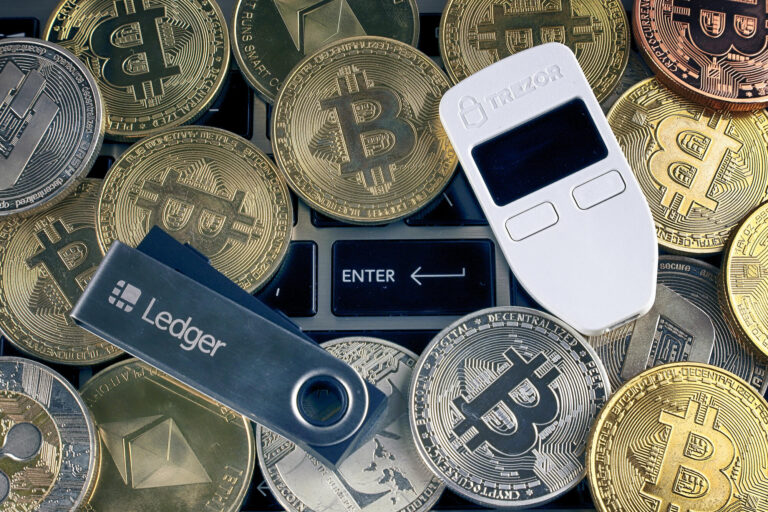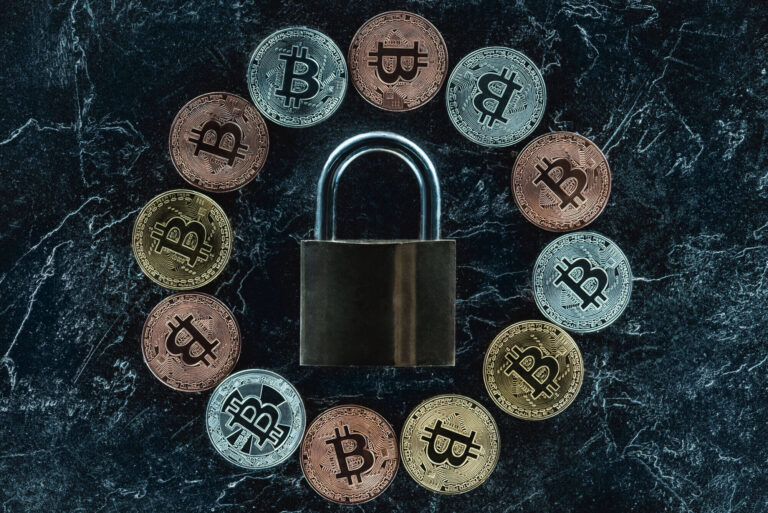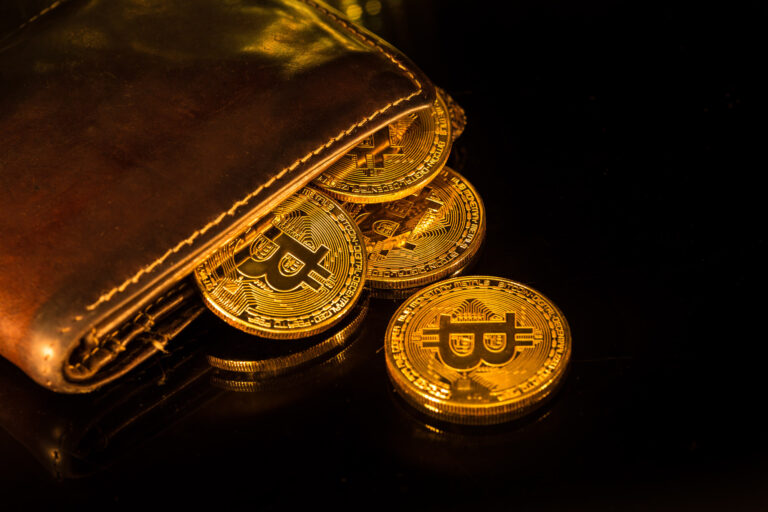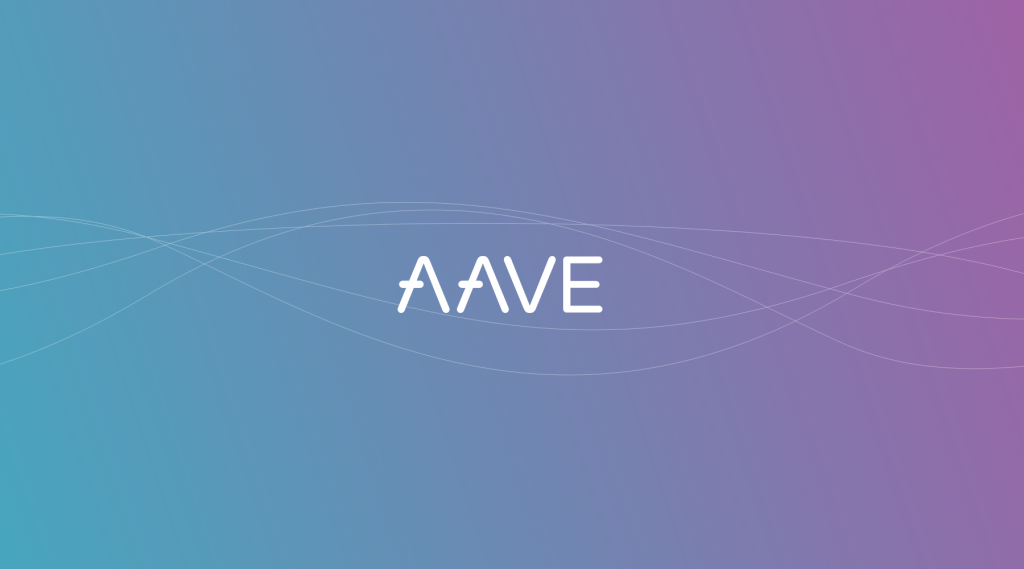Crypto custody refers to the secure storage and management of digital assets such as cryptocurrencies. It is important because these assets are not physically tangible like traditional assets and can be lost or stolen if not stored properly. Different solutions help ensure the safety of these assets and provide peace of mind.
The concept of digital asset custody is not new. It has striking parallels with the way traditional financial asset custody works. The idea dates to times when people safeguarded their financial documents (paper certificates, warrants, and stock certificates) in their personal vaults. Custody then evolved with time, and soon, custodians in the form of banks and other regulated entities came into the picture to safeguard and provide infrastructure to store and manage assets.
Future of digital custody
The custody of digital assets is a significant hurdle for the mass adoption of cryptocurrencies. The technical know-how required to get started with self-custodial web3 wallets makes it an issue. While it would be ideal for the industry if investors gained familiarity with self-custodial wallets like Metamask and Argent Wallet, the user experience they offered could also be improved. Digital asset custodians, therefore, play a vital role in increasing the adoption of cryptocurrencies and other digital assets. Custody providers must provide robust security with speed, scalability, and operational flexibility for smooth operations. It is also essential for banks, exchanges, and other financial institutions providing custody services to go through a phase of establishing trust before aiming to solve for adoption.
For example, in the case of the now-defunct FTX exchange, investors lost control of their cryptocurrencies since the company's balance sheet showed no segregation between its users' assets and its own. Investors became increasingly skeptical of third-party custody services in November at the heels of FTX collapse. Hence, the segregation of assets is essential. Such segregation mechanisms also protect investors when the custodian is under regulatory scrutiny, thereby limiting damage (if any) to the custodial service entity. Governments worldwide are yet to clarify if existing financial regulations concerning real-world asset custody could be imposed on digital assets. At the same time, they are also working on new frameworks.
What is digital asset custody?
Digital asset custody services entail the secure storage and management of digital assets. It also typically offers other benefits like easy accessibility and trading of assets. However, the nature of storage is different from traditional assets' custody. In the case of digital assets, the underlying technology is the critical focus. Digital assets are created and transferred between users within a decentralized blockchain network.
Digital assets are acquired via transactions executed on the underlying blockchain, and every transaction is recorded on the distributed ledger. These transaction entries are sometimes the only proof of the existence of users' assets, and to prove ownership of these, a private key is provided. And if these keys are lost or stolen, assets may not be recoverable. Custody providers, therefore, offer to store and protect these private keys on behalf of the owner of digital assets.
Private vs. public keys
Before delving into the types of custody solutions, let us understand a basic but essential aspect of custody – cryptographic keys. It represents the claim to your digital assets. But what exactly are these keys, and how are they generated? Which key can be used publicly, and which must be kept confidential? These are questions that one faces when entering the world of crypto.
- Public keys work like traditional bank account numbers. You need them to transfer assets to someone else once you have their public key. Therefore, you would also be required to share it with a sender to receive assets. It is the address to your deposit wallet that you need if you are to make any transaction.
- Private keys, on the other hand, are analogous to traditional bank accounts' personal identification numbers. (PIN) Private keys must be kept confidential, and one needs them to digitally sign a transaction, without which the transaction cannot get approved. It must always be kept private because it can be used to transfer funds from the wallet.
Different types of custody solutions
The type of custody solution boils down to how your private keys are stored. Several kinds of wallets help you according to your requirements. In broad terms, there are two types of wallets: Hot, and Cold. However, you can also loosely define Warm and Deep Cold wallets as different custody service providers use naming conventions directly dependent on the level of security provided. Before going further into what these wallets are and how they work, let us first understand what a wallet means and why you need it.
After reading how one does not own the asset, instead just the keys representing a claim to these assets, you may wonder how exactly you can transact and move your assets around using just your keys. This is where your wallet comes into the picture. Although the term "wallet" does not paint a perfect picture, it only acts as an intermediary between you and your assets on the blockchain. A public and private key is generated when a wallet is created, and as mentioned above, these keys seem similar but have distinct functions. Let us now get into the different types of wallets:
- Hot wallet: A hot wallet is a crypto wallet that is connected to the internet. It does not require human involvement; rather, everything happens automatically. Hot wallets offer a seamless user experience, so most of the wallets out there are of this type. It provides instant accessibility to assets. But convenience comes at the cost of security. This is because the wallet is always connected to the internet, making it vulnerable to attacks. It is recommended not to keep large amounts of crypto in your hot wallet. Examples of hot wallets include mobile wallets, exchange wallets and desktop wallets. Let's understand one example of a hot wallet: Mobile wallets are mobile applications that manage your private keys. You have complete control of your funds via your wallet application.
- Warm wallet: Like hot wallets, warm wallets are always connected to the internet. However, the wallet owner must sign every transaction before sending it to the blockchain. So, everything happens automatically here as well, except for the human involvement required to sign transactions.
- Cold wallet: A cold wallet is the opposite of a hot wallet. Any crypto wallet offline or not connected to the internet is a cold wallet. Since one can connect to a blockchain only via the internet, this type of wallet is highly secure and is impenetrable to hackers. Being able to use a cold wallet requires technical knowledge. Mostly, people with experience or large amounts of assets use cold wallets. Hardware wallets and Paper wallets fall under the category of cold wallets. Let us consider an example of a cold wallet: Hardware wallets can be as small as a pen drive or as big as a vault inside a bank. Vaults can be customized according to the client's requirement for asset accessibility. Security features depend on the service provider. It could be based either on multiparty computation (MPC), multi-signature, or a hardware security module (HSM). Vaults are audited and licensed under required certifications.
- Deep cold wallet: These are nothing but cold wallets making the accessibility of your wallet more difficult. For instance, you can keep your cold wallet in a safe somewhere in the middle of a desert, making it difficult to access it compared to any other wallet.
There are different ways to make these methods of storage more secure. Custodians or custody providers use a combination of the methods mentioned above and some additional features to make it safer for the user. Multi-signature (Multisig) and multiparty computations (MPC) are two such mechanisms. Let us now get a glimpse of what these additional security features are.
- Multi-Signature: As the name suggests, this feature requires multiple private keys to sign a transaction. Therefore, users' assets are still protected if one or a few systems get compromised. It is typically an M-of-N arrangement where N is the number of authorized keys and M is the threshold required to sign off a transaction. No single person has complete control over the assets.
- Multiparty Computation: Just like Multisignature, Multiparty Computation or MPC also breaks one single point of compromise. But it does by breaking the private keys into bits and pieces, or one can call it key shards. Unlike a multi-Signature where a number of people with keys are required to complete a transaction, combining multiple keys distributed over devices to form a single private key is required. So even if one device is compromised, a hacker cannot access assets.
Challenges of digital asset custody
The balance between security, speed, scalability, and flexibility defines the best solutions. If we compare security versus speed, cold storage solutions may sometimes result in users paying some opportunity cost since it takes time for assets to go online. A hot wallet, however, is fast but compromises security. Hence, features like MPC help achieve a balance.
Although parallels with traditional custody can be drawn for custody of digital assets, they are different by design. Wallets don't store your assets; they act as an intermediary. At the same time, if compromised, it can lead to a loss of assets. It is, therefore, very critical to provide efficiency to the user with the best available technology.
Growth of digital assets custody
Another way to ensure growth and trust in users is via regulations. Governments worldwide are trying to establish laws for investor protection through the stricter imposition of rules and insurance. Regulations and licensing help service providers immensely since they define a specific framework and give a clear set of instructions to support the increasing demand for digital asset custody.
With newer types of digital assets coming into the crypto ecosystem, services across custody solutions are also increasing. We first witnessed this with the industry's popularity of non-fungible tokens (NFTs). Custody solutions specially designed around NFTs came into existence with other additional features.
Digital custody plays a central role in the adoption of digital assets. Robust offerings like accessibility with safety provide confidence to investors, and features like quick trading access help grow the ecosystem. As a result, digital custody plays a vital role in expanding and adopting digital assets.
Conclusion
With the rise of digital assets, custody has become an increasingly important service for the safekeeping of cryptocurrencies and other digital assets. As the market for digital assets continues to grow, new types of custody are emerging to meet the needs of investors. Custody services are an essential aspect of the crypto ecosystem, providing a critical layer of security and protection for investors. Such services will likely continue to evolve and adapt to meet the changing needs of the industry.








